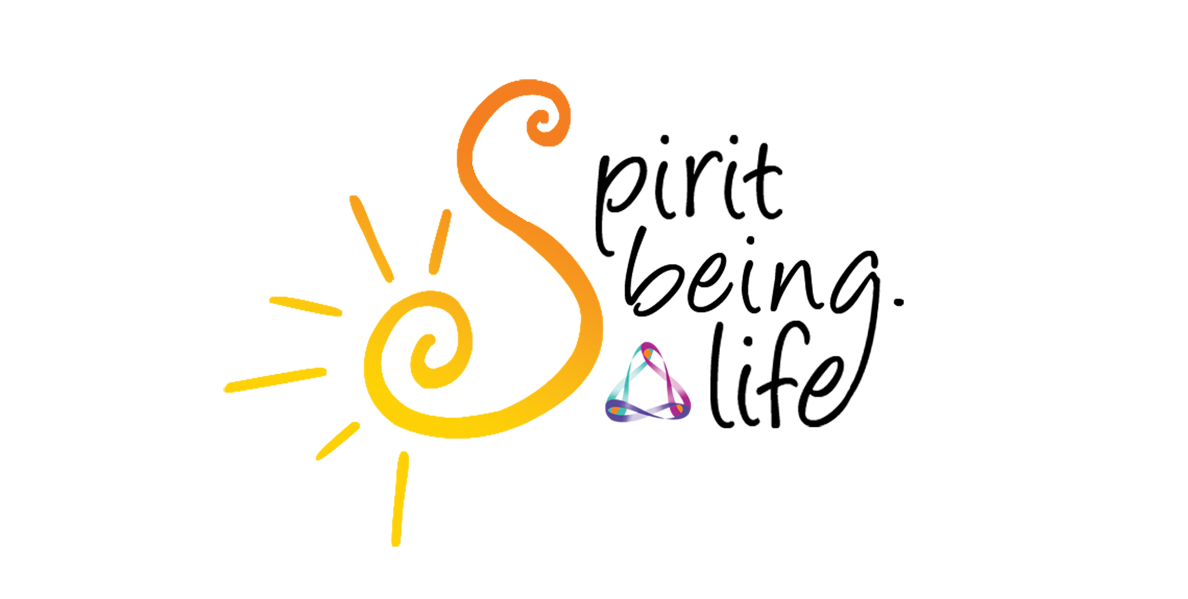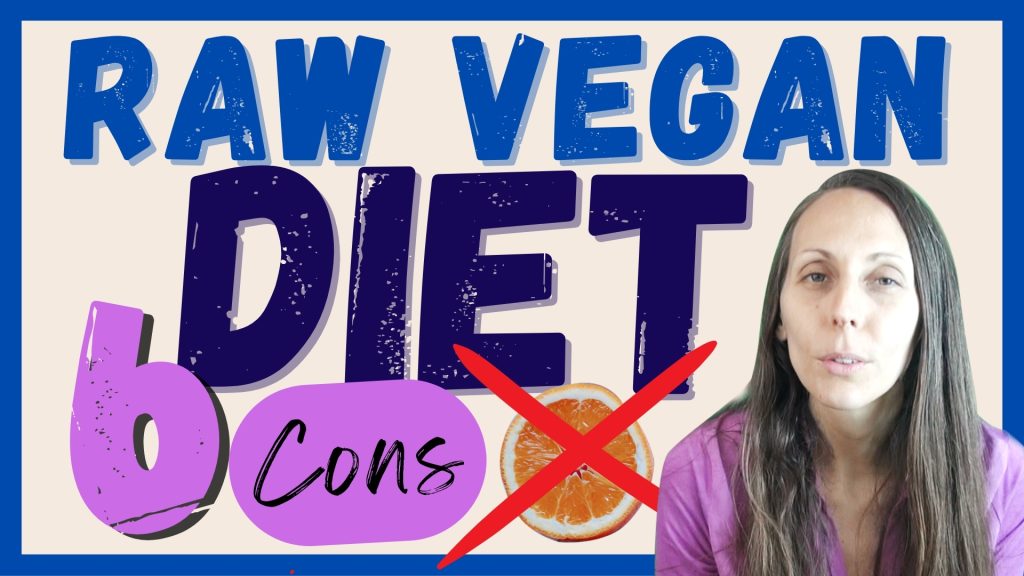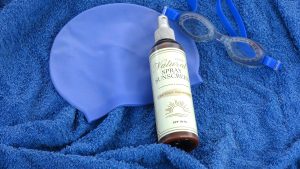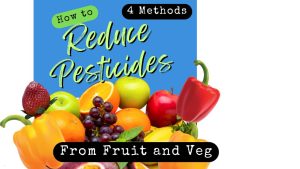Although there are many benefits to eating raw vegan, there are also downsides to this diet if eaten in the long term. In this article, I will address why this diet may not be easy to implement and for some may not be successful in the long term. Finding solutions to address issues and proper planning better ensure that thriving on the raw vegan diet can be achieved.
Now let’s get into the 6 cons (plus 1) of eating a 100% raw food diet.
1. Vitamin B12, Vitamin D Deficiency, and Reduced-Calorie intake
Vitamin B12 is needed to strengthen the body’s blood cells and help prevent certain blood conditions such as anemia, which can induce weakness and tiredness. It also assists in the formation of DNA and nourishes nerve cells and helps keep them healthy.
Eating raw foods won’t provide the daily intake you need for vitamin B12 unless you use a supplement. Alternatively, you could consume some specific plant-based foods that do contain B12. Here are some main sources.
- Nutritional yeast: 1 tablespoon contains 2.4 mcg, containing 100% of your daily needs. This is not a raw food, however.
- Seaweed/nori is rich in vitamin B12 and very good for you. It’s what you use to wrap sushi in. 4g per day will meet daily needs.
- Shiitake mushrooms. You need 50g per day to reach 100% of your daily needs.
- Wheatgrass juice is packed with vitamin B12.
There are other alternatives if you are on a vegan diet. Some main sources include soy milk, marmite/vegemite, yogurt, breakfast cereals, and margarine.
Vitamin B12
Vitamin B12 is a water-soluble vitamin, so what you don’t need is excreted in your urine. 2
Vitamin B12 contained in animal products is bound to animal protein so stomach acid is needed to release it before it can be absorbed. Vitamin B12 found in plant-based and other supplementary sources is not bound in this way and therefore easier to absorb. 3
Vitamin D
Vitamin D plays an essential role in maintaining healthy bones, teeth, and overall well-being. In food, it is mostly found in animal products like salmon, eggs, and beef. With a raw vegan diet, you would need to ensure you are getting your daily dose of vitamin D by consuming enough vitamin D-rich foods, supplementing vitamin D, or getting enough daily sunshine. Mushrooms are a rich source of vitamin D for the raw food diet. Our bodies also produce vitamin D by sunlight on the skin. 10-15 minutes of midday sun is recommended. 4
Vitamin C
Vitamin C supports healthy gum tissue and reduces inflammation. It also boosts the immune system for a healthier oral microbiome. Vitamin C is commonly found in many raw foods such as citrus fruits, berries, melons, mangos, and papaya just to name a few. 5
Calories
Calories are a measurement of energy content in fruits and vegetables. We need to eat a certain number of calories each day to maintain basic body functions. Many experts do not recommend consuming less than 1,200 calories per day. Eating too few calories may result in symptoms of malnutrition including dizziness, extreme hunger, headaches, and fatigue. 1 Raw food is lower in calories than other foods which may be good for weight loss, but in the long-term eating a raw food diet may not supply enough calories to meet daily requirements. You may find that you will need to eat a lot more raw foods during the day to make up for the lower number of calories in comparison to other cooked foods.
- Calories Per Day: Numbers to Aim for and Food Types (verywellhealth.com)
- Vegans and vitamin B12: Where to get it on a vegan diet (veganfoodandliving.com)
- Vitamin B12 Intake From Animal Foods, Biomarkers, and Health Aspects – PMC (nih.gov)
- How to Safely Get Vitamin D From The Sun (healthline.com)
- 5 Essential Vitamins for Stronger Teeth: A Comprehensive Guide (nutritionzx.com)
- The Raw Food Diet: A Beginner’s Guide and Review (healthline.com)
2. A high intake of acid and sugar can contribute to tooth decay without proper dental hygiene
When consuming raw foods, the acids and sugars in fruits can contribute to teeth sensitivity, enamel erosion, and cavities because they lower the neutral pH of the mouth to a more acidic state.
The biggest contributors are unripe fruits, citrus fruits, fruits with a high sugar content like mangoes and bananas, apple cider vinegar, and dried fruits such as Medjool dates. Also, foods on the raw diet that stick to the teeth include dehydrated foods like raw crackers made from flax seeds/nuts and nuts and seeds.
Raw foods have an alkalizing effect on the body but are not always good for your mouth. Two examples are lemons and spinach. They should be incorporated into meals to balance their acidic forms.
The Ph of these foods will affect the Ph of the mouth. A healthy mouth is a non-acidic, neutral, or alkaline mouth with a pH of 7.0 or above. It’s the acidity in these foods that causes acid-forming bacteria in the mouth via the saliva. The aim is to keep the mouth healthy by keeping the pH in this neutral zone as much as possible.
Tips to protect the mouth on a raw food diet
- Try not to snack in between meals as this will contribute to frequent pH changes in the mouth.
- Eat fruits in their whole form as much as possible because the fibre helps to neutralize the effect of sugars and stimulate saliva production.
- Rinse the mouth out with water straight after consuming something acidic or sweet to minimize these residues but do not brush the teeth as the enamel can soften under acidic conditions and therefore more easily corrode. You want to give the saliva at least 30 minutes to remineralize the teeth after each meal.
- Instead, consume xylitol after meals and especially after eating something sweet, acidic, or dehydrated. If you would like to learn how I make my homemade xylitol mints watch here.
- Maintain a healthy teeth and mouth routine by flossing and brushing. I recommend looking into Dr. Ellie’s mouth care system to learn more.
Interestingly, although there are issues with acidity and sugar and the mouth ecosystem, one study has found that raw vegans had better periodontal conditions than people who ate an omnivore diet. 1
My theory is that even though there are issues with acidity and sugar on the teeth’ surface, the raw food diet boosts the immune system, provides better nutrient absorption, and better detoxification capabilities for the entire body. This will paradoxically be helping with overall mouth health.
- Effects of raw vegan diet on periodontal and dental parameters – PubMed (nih.gov)
- Change Your pH and Improve Your Teeth and Gums! – DrEllie.com
- Brushing immediately after meals? You may want to wait. | Columbia University Irving Medical Center
- Debunking the Myth: Are Fruits Harmful for Our Teeth? – Dietitian Fit
3. Phytic acids in raw grains, nuts and seeds
Phytic acid, or phytate, is a substance found in plant seeds. It functions as the main storage form of phosphorus. When seeds sprout, the phytate is broken down and the phosphorus is then released. It is referred to as an anti-nutrient because when we consume raw plant seeds such as nuts, sunflower seeds, almonds etc., it prevents the absorption of iron, zinc, and calcium and may promote mineral deficiencies.
Note that this applies to a single meal and not overall nutrient absorption throughout the day. Nutritional deficiencies may develop over time if the diet is not well-balanced and raw seeds are consumed in large amounts.
This can become a problem with the raw food diet if raw nuts and seeds are overconsumed.
This is why soaking and sprouting seeds is especially important on a raw food diet, as it releases these anti-nutrients.
4. Eating 100% raw will limit vegetable variety and benefits of nutrient bio-availability
Not all vegetables and seeds can be easily eaten raw, such as potatoes, eggplants, beans, rhubarb, cassava, and legumes or pulses. If going on a fully raw diet will limit vegetable variety, these foods won’t be palatable raw, and some contain poisons and toxins that need cooking to eat safely. 1
Although cooking vegetables destroys vitamin C, cooking vegetables can also be beneficial in some other ways. Cooking some vegetables can break down fibers and therefore make nutrients readily available and more easily absorbed. For example, your body absorbs significantly more beta carotene from carrots served as a cooked vegetable. Beta-carotene converted to vitamin A supports and healthy immune system. Cooking tomatoes releases more antioxidants such as lycopene, which may protect against cancer. 2
Other vegetables that are stated to be more beneficial when cooked are asparagus, carrots, mushrooms, spinach, sweet potato, zucchini, and summer squash.
- Get Healthy with the Raw Vegan Diet: Benefits, Risks & Recipes – Utopia
- 6 Health Benefits of Tomatoes (verywellhealth.com)
- Cooked Vegetables vs Raw Vegetables: Which is Healthier? | Amy Myers MD
5. Shopping, equipment, and recipe planning
Going onto a raw food diet requires some planning, including finding recipes that you will enjoy so you can comfortably stick to the diet and feel satisfied.
Also preparing in advance the produce and products required, you need to make sure you have enough produce to make sure you are eating enough calories and feel satisfied. If you are buying organic and want to include more exotic fruits, this can add up and be costly especially if on a budget.
It’s also important to consume a variety of raw foods to ensure you are consuming the full spectrum of vitamins and minerals that our bodies need.
Sprouting grains is an excellent way to save money and make raw meals more calorie-dense, but in certain warm and humid climates, successfully sprouting seeds and legumes can be difficult in the hotter months.
You are primarily going to need a blender, juicer, and spiraliser. A dehydrator would be handy to make crackers and breads from nuts and seeds.
Growing your own produce
Although this is not essential for the short term, growing your own veggies and herbs in the garden would greatly complement the raw food diet. This is because you can go to the garden to pick the freshest and most nutrient-dense food when you need it, not to mention it would be organic. You will also save money by growing your own produce. I believe it becomes more important to grow your produce if going long term.
Not everyone can start their own garden because of time or resource limitations.
Although this diet requires planning and may seem costly in some ways in the short term, being healthier and avoiding the doctor’s office over time is a huge financial saving in itself.
6. Social pressures – not everyone will understand the raw vegan diet
Going on a raw food diet won’t be fully understood by family members or friends unless you are lucky enough to share your raw journey with other people who are actively on the diet themselves. Although raw veganism is getting out there and becoming more popular on social media, most people are used to eating based on tradition, culture, and habits and most likely won’t understand the raw vegan diet. They may judge or criticize it. They may question you about certain issues about the diet such as malnutrition, vitamin B12, whether you are eating enough, etc. If you are confident enough to be in the spotlight and answer specific questions, then this won’t be too much of an issue.
Also, if you like to socialize at restaurants or events/festivities, if you do decide to stick to 100% raw, you may be highlighted or questioned by people if all you are seen eating is the salad on a plate. Unless people are pre-informed that you are on a raw food diet.
7. Food Temperatures
Being on a raw food diet means that food temperatures are below 104–118°F (40–48°C). This is because cooking food above this temperature destroys some of its nutrient content, enzymes, and also vitamin C.
Eating food that has not been cooked at higher temperatures may take some getting used to, especially if you enjoy eating foods that are on the warmer side. Like hot soups or a meal that has just come out of the home or restaurant kitchen. They taste better when the temperatures are still warm. if you are in the middle of winter or live in a cooler climate, eating warm foods can help with warming up body temperatures.
When eating a raw vegan diet, the food won’t be hot and is generally served at room temperature. That will take getting used to.
So that about sums up this article. I hope that some of the points raised will lead you to better planning when jumping into raw.






